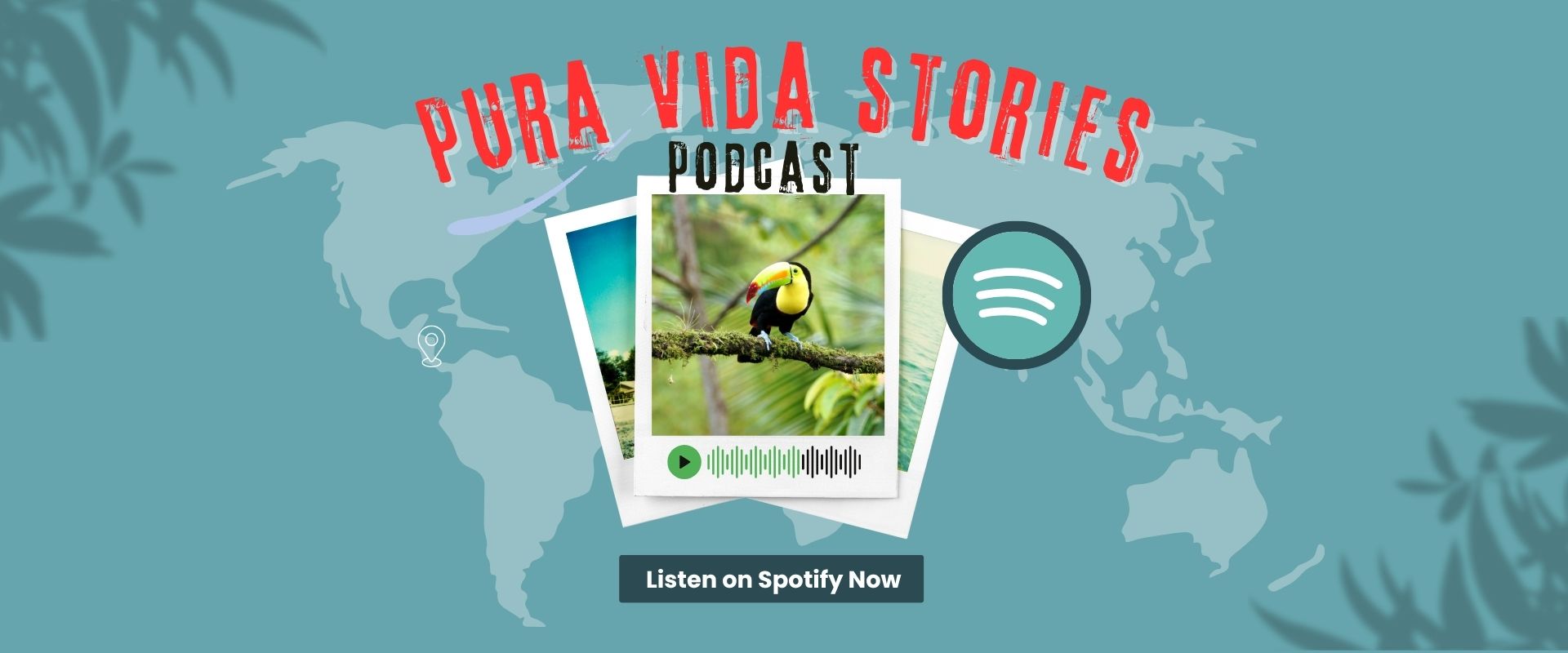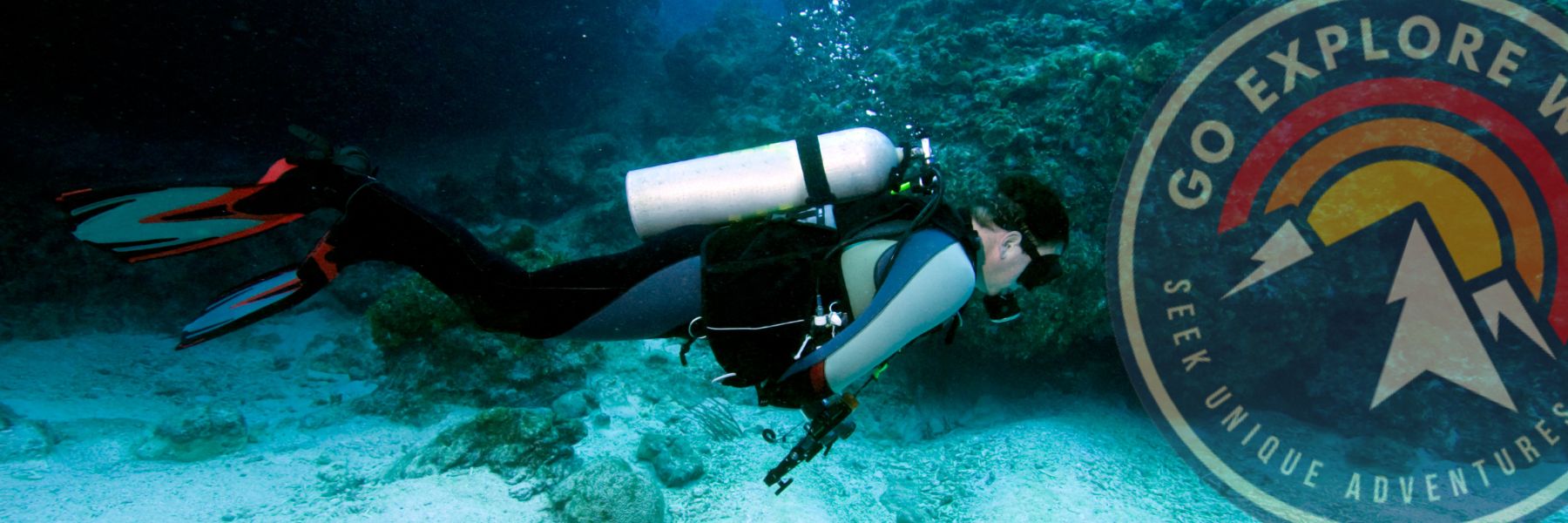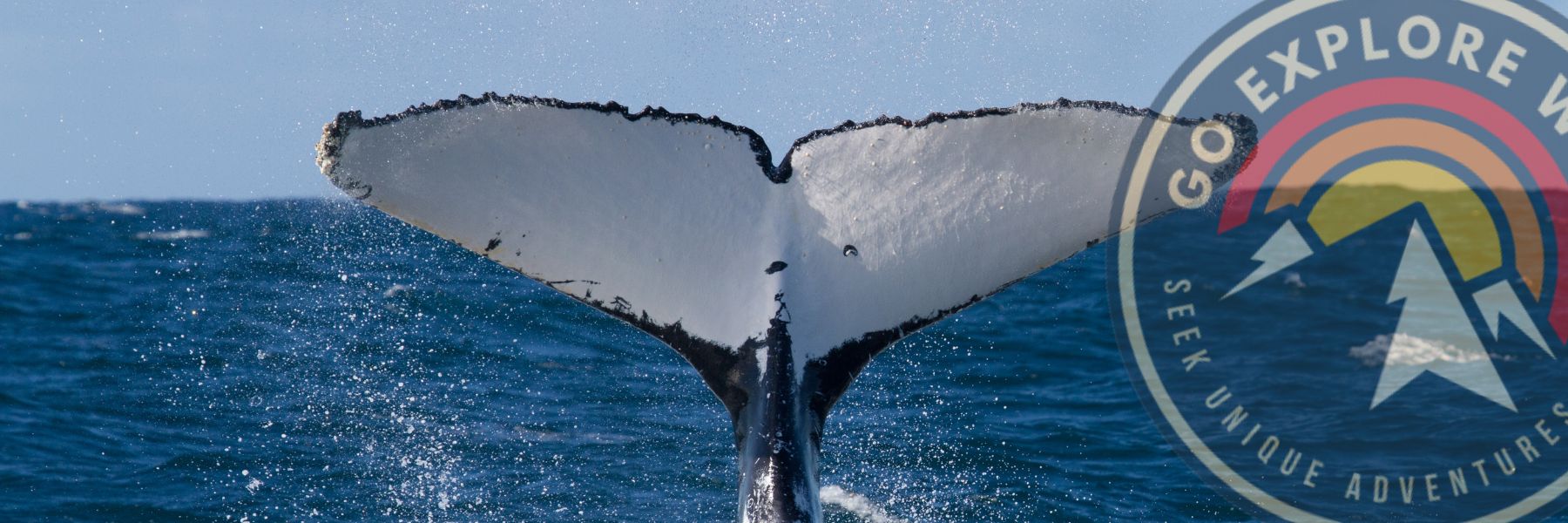Contents
I’ll admit it: the first time I visited Costa Rica, I thought I could get by with pointing, smiling, and the one Spanish phrase I remembered from school—¿Dónde está la biblioteca? Spoiler alert: there were no libraries. And smiling only gets you so far when you’re trying to explain to the bus driver that you missed your stop… three towns ago.
The truth is, you don’t need to speak fluent Spanish to enjoy Costa Rica. But knowing a few key words and phrases? That’s like getting a backstage pass to the country. Locals open up. Days go smoother. And you stop feeling like a confused emoji with a suitcase.
Let’s talk about why it’s worth learning just a little Spanish before you land—and how it can seriously upgrade your trip.
How does Spanish help you travel smarter—not just nicer?
Here’s something you learn fast in Costa Rica: tourist pricing is real. If you walk into a shop, don’t greet anyone, and point at something while speaking English, the price might go up 10%. But walk in with a warm buenas and make a tiny effort? You’re suddenly not just a tourist, you’re a guest.
Plus, you’ll start to notice things other travelers don’t—like signs with hidden gems, casual local conversations at the next table, or that one taxi driver warning his buddy not to take “that road full of holes.” And guess what? You now know which road not to take.

What are the most useful Spanish phrases in Costa Rica?
Skip the stuffy textbook vocabulary. Nobody’s reciting poetry at the beach bar. Here’s what you’ll actually use in the wild:
- ¿Dónde está el baño? – Trust me, you’ll need this.
- Una cerveza, por favor. – You’ll need this too.
- La cuenta, por favor. – When it’s time to pay (and leave politely).
- ¿Cuánto cuesta? – When something looks nice but might secretly cost $90.
- Sin cebolla / sin azúcar. – Food preferences. Life-saving.
- No hablo español muy bien. – The phrase that forgives all grammatical sins.
- ¡Pura vida! – Say it to everyone. It works 95% of the time.
That’s it. That’s your starter kit. You can thank me later.
Will people in Costa Rica speak English to me?
Yes… and no. In popular tourist areas like Tamarindo, Manuel Antonio, or La Fortuna, many people do speak some English. But the moment you step into a small soda (local restaurant), ask for directions in the countryside, or talk to a mechanic about your rental car tire that mysteriously deflated—English becomes less reliable than a rainy season forecast.
Even just knowing how to say “hello,” “thank you,” and “I don’t speak Spanish well” can change the way locals treat you. It shows respect. And people notice.
What if I’m terrible at learning languages?
Then you’ll fit right in with the rest of us. The good news is, Costa Ricans (or Ticos, as they call themselves) are patient, friendly, and often impressed that you’re even trying.
Nobody expects perfect grammar. But showing that you care enough to learn anything makes a difference. Worst case? You laugh, they laugh, and you get your coffee anyway.
Also: Google Translate exists. Use it. But don’t let it replace a smile and a simple gracias.
Want more tips you won’t find in a guidebook?
We made a free guide just for that: “10 Hidden Gems in Costa Rica You’ve Never Heard Of”
It’s packed with places we actually love—not the ones everyone else already posts on Instagram. Think jungle swimming holes, mountain towns, and beaches with more monkeys than people.
Need help planning the good kind of trip—the one that actually makes sense?
That’s our thing. At GoExploreWith.me, we help travelers like you skip the “where do I even start” phase and get straight to the fun: jungle hikes, secret beaches, real food, and yes—even bathrooms that don’t leave you confused.
Check out our custom trips and travel planning services. We’ll help you see the Costa Rica most people miss.






